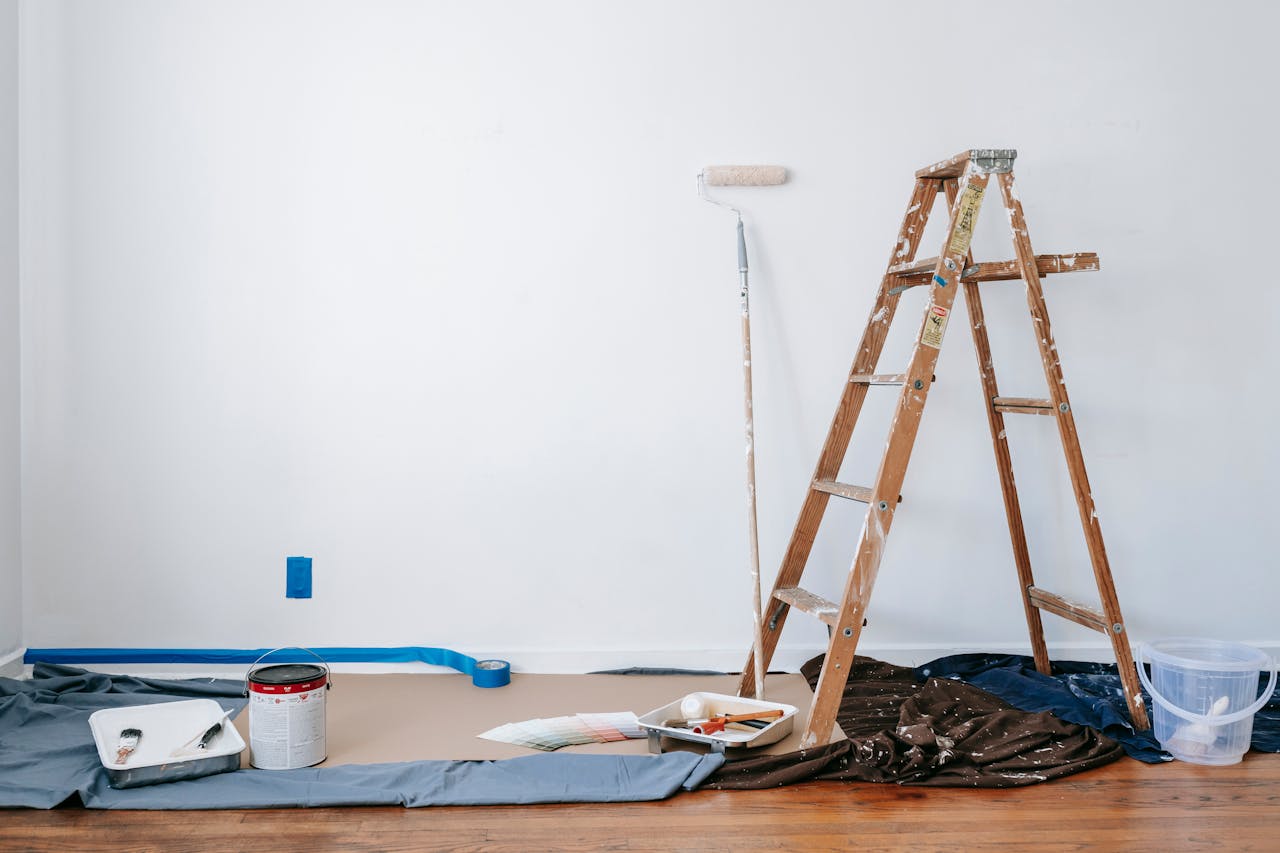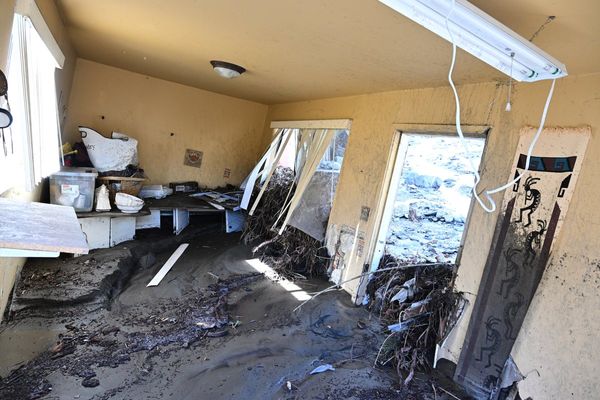
Many homeowners take pride in tackling renovation projects themselves. DIY culture has grown, fueled by online tutorials and the promise of saving money. But when it comes to home insurance, not all DIY materials are treated equally. Some choices can actually put your coverage at risk. Insurance agents are trained to spot red flags that could signal higher risk or future claims. Knowing which DIY materials are getting flagged by insurance agents can help you avoid costly mistakes and keep your policy intact.
1. Unapproved Electrical Wiring
Electrical work is one of the most common areas where DIYers run into trouble. Using unapproved or substandard wiring materials can lead to serious hazards, including electrical fires. Insurance agents look for signs of non-compliance with local codes. If your home inspection reveals DIY wiring that doesn’t meet standards, you could face higher premiums or even lose coverage altogether.
Some homeowners try to save money by using cheaper, off-brand wires or connectors not rated for residential use. These materials may not handle the required load or could deteriorate faster than approved products. If you’re considering any electrical updates, always use materials that meet National Electrical Code requirements and, when in doubt, consult a licensed electrician.
2. Flammable Insulation Products
Insulation is essential for energy efficiency, but not all products are created equal. Some DIY enthusiasts opt for inexpensive or repurposed insulation materials, like old newspapers or foam not rated for home use. Insurance agents frequently flag these materials because they increase fire risk. Flammable insulation can cause a minor electrical fault to escalate into a major house fire, leading to denied claims or policy non-renewal.
Modern building codes require insulation that meets specific fire safety standards. Using products that don’t meet these standards is a major liability. Make sure any insulation you install carries the appropriate fire ratings and is designed for residential use. This is especially important in attics, basements, and wall cavities where fire can spread quickly.
3. Non-Code Plumbing Pipes and Fittings
Plumbing projects are another popular DIY area, but cutting corners can have big consequences. Insurance agents are wary of homes with plumbing made from materials not approved by local codes. For example, some older or off-brand plastic pipes can crack, leak, or leach chemicals into your water supply. These materials often lack the durability and safety of PEX, copper, or other code-compliant options.
Leaks caused by substandard pipes can lead to water damage claims—one of the most expensive types of insurance payouts. If an adjuster finds evidence of non-code plumbing after a claim, your insurance could deny coverage. Always use pipes and fittings that are both code-approved and rated for the type of water system in your home.
4. Homemade Roofing Materials
Replacing a roof is expensive, so it’s tempting to try DIY fixes with unconventional materials. Some homeowners use rolled roofing, tarps, or even metal sheeting not intended for residential roofs. Insurance agents flag these makeshift solutions because they’re more likely to fail in storms, leak, or become fire hazards.
A roof made from non-standard materials can void your insurance policy or result in a claim denial if damage occurs. Insurance companies prefer materials with a proven track record, such as asphalt shingles, metal roofing specifically designed for homes, or clay tiles. If you’re planning a roof repair or replacement, stick to approved materials and always follow manufacturer guidelines.
5. Untreated or Non-Pressure-Treated Wood
Wood is a favorite material for decks, sheds, and fences. However, insurance agents often flag structures made from untreated or non-pressure-treated wood. This type of wood is susceptible to rot, insect damage, and fire. Over time, it can compromise the structural integrity of your additions, making them a liability in the eyes of your insurer.
Using untreated wood in critical areas like decks and porches can also lead to denied claims if the structure fails or contributes to an accident. Pressure-treated wood or naturally rot-resistant species like cedar are better choices. Not only do they last longer, but they also meet most insurance and building code requirements.
6. DIY Spray Foam and Sealants
Spray foam insulation and sealants are popular for sealing gaps and improving energy efficiency. However, some DIY products aren’t rated for structural use or long-term exposure. Insurance agents may flag excessive or improperly applied spray foam, especially if it’s hiding electrical or plumbing work. Some low-cost foams are also more flammable, increasing risk.
Improper use of spray foam can also void warranties or make it hard for future inspectors to assess your home’s condition. Always choose spray foam products that are UL-listed and follow recommended application procedures.
Protecting Your Home and Your Insurance Policy
Choosing the right DIY materials is about more than saving money—it’s about protecting your investment and your home insurance coverage. The materials you use can directly affect your ability to file a claim and keep your policy in good standing. Insurance agents are trained to look for red flags, especially in areas that impact safety and long-term durability. By using code-compliant, approved materials, you reduce your risk and make your home safer for everyone. Before starting any major DIY project, check with your insurer or a licensed contractor. Many insurance companies provide lists of approved materials and best practices for common renovations. Staying informed helps you avoid headaches and keeps your home insurable for years to come.
Have you ever had a DIY project flagged by your insurance company? Share your experience or questions in the comments below!
What to Read Next…
- 6 DIY Projects That Insurance Companies Secretly Hate
- 10 DIY Repairs Handymen Secretly Hate Doing But Won’t Tell You
- 9 DIY Mistakes That Cost More Than Just the Repairs
- 10 Shed Projects That End in Insurance Claims
- What DIY Mistake Could Void Your Entire Homeowners Insurance?
The post Which DIY Materials Are Getting Flagged by Insurance Agents? appeared first on Clever Dude Personal Finance & Money.







